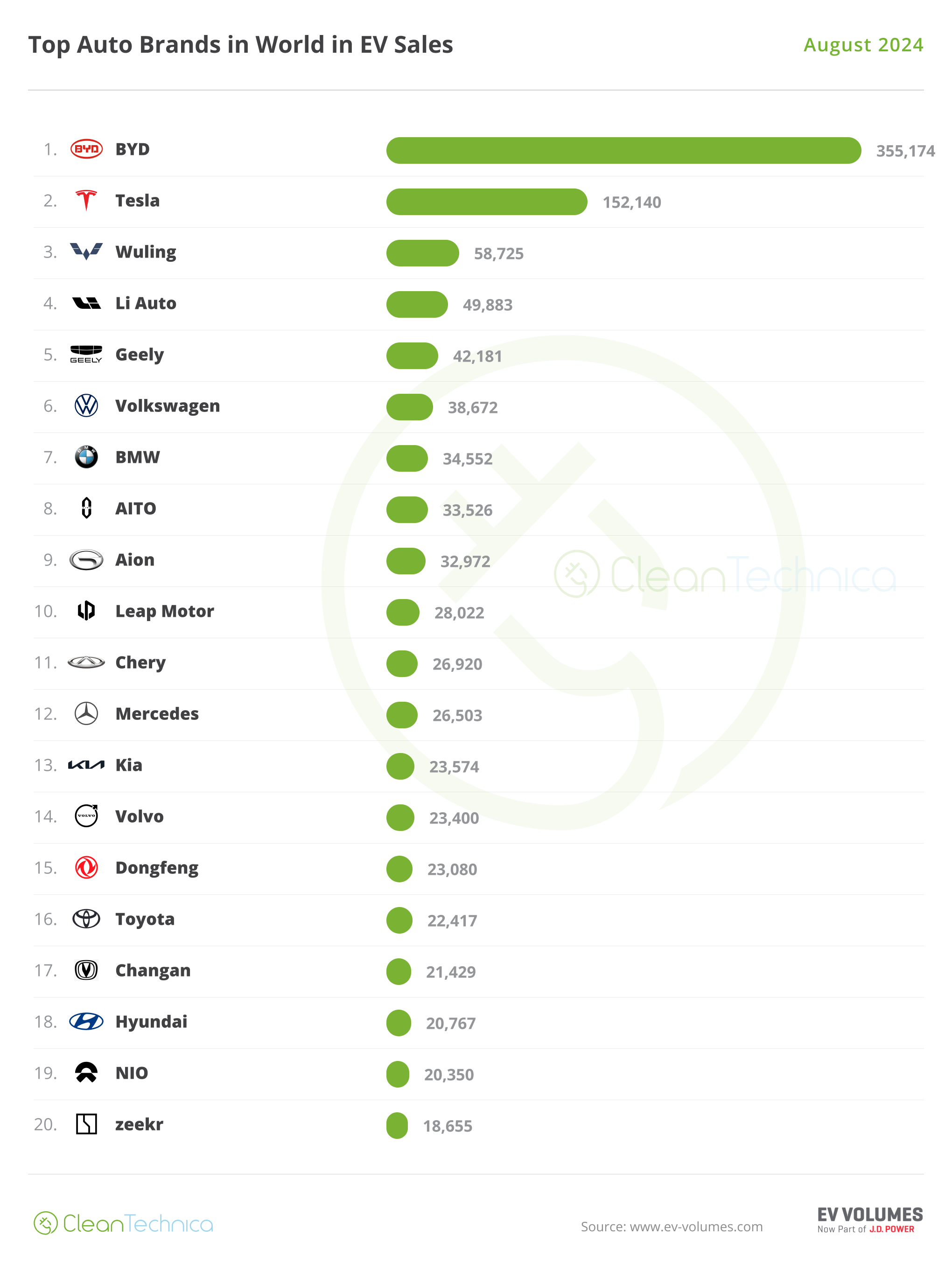Vale and locomotive manufacturer Wabtec Corporation have announced a partnership to develop studies on a dual-fuel engine that can use both diesel and a mixture of diesel and ethanol.
The studies will initially be conducted in the laboratory to validate the concept and evaluate performance, emissions reduction and the ethanol/diesel substitution rate. The studies and tests are expected to take place by 2027, for evaluation of future use in the Vitória-Minas Railway (EFVM) fleet, in south-eastern Brazil.
The agreement to use ethanol, a renewable fuel that replaces diesel, is part of a series of joint initiatives with Wabtec to advance Vale’s railway operations decarbonisation program. Last March, the companies announced an agreement for Vale to purchase 50 locomotives equipped with Evolution Series engines, prepared to operate with up to 25% biodiesel mixed with diesel. In the coming years, Vale and Wabtec will conduct a series of tests in an attempt to further increase this percentage.
Carlos Medeiros, Executive Vice President of Operations at Vale, said: “Innovative initiatives such as these, for the adoption of alternative fuels in our locomotives, are part of Vale’s commitment to accelerate the decarbonisation of our rail network. In 2024, Vale’s rail network accounted for 14% of the company’s carbon emissions.”
Danilo Miyasato, President and Regional Leader of Wabtec LATAM, added: “For the first time, Wabtec will use ethanol as an energy source in a locomotive, a milestone in the global rail industry. We are committed to developing technological solutions that accelerate the transition to more efficient and sustainable transportation.”
In 2020, Vale announced its goal of reducing its absolute emissions (Scopes 1 and 2) by 33% by 2030. This is another step toward achieving the goal of net-zero carbon emissions by 2050, in line with the Paris Agreement’s ambition to limit global warming to below 2°C by the end of the century. The company has also committed to reducing net emissions from its value chain (Scope 3) by 15% by 2035.


